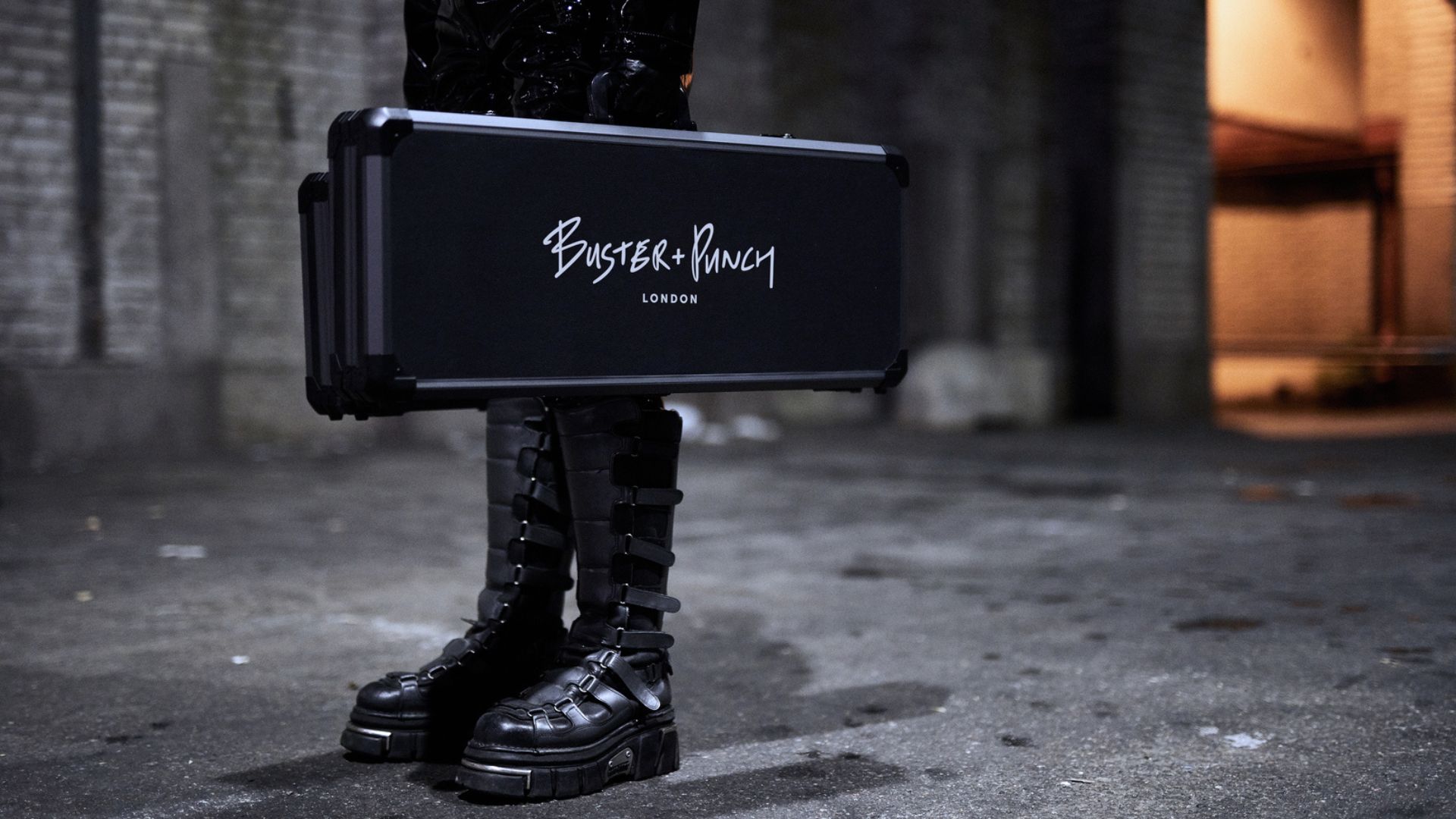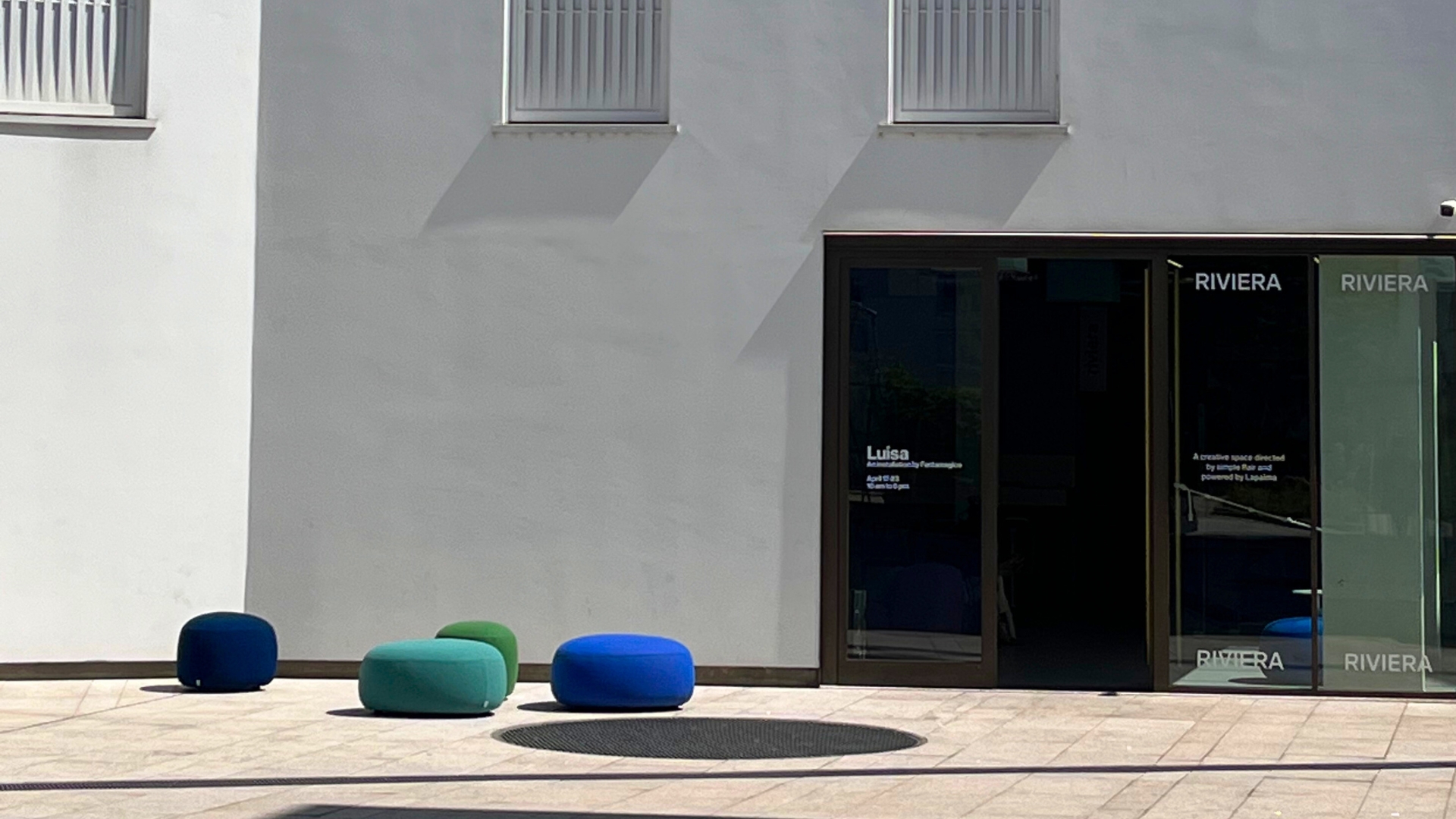Designs at the Elisava Barcelona School of Design and Engineering promise a brighter future
From a music-making lollipop for the hearing impaired to a skin patch that helps the grieving process, the school continuously displays new products, services and environments that foster a better future.
Elisava Barcelona School of Design and Engineering is a faculty of University of Vic – Central University of Catalonia.
It promotes education, knowledge and research in the fields of design, communication and engineering.
Located in Barcelona, Elisava has trained more than 20,000 students in its 60-year history.
Together with Elisava Research, the school develops projects with companies, institutions and NGOs to generate and transfer knowledge, address present and future challenges and foster change.
Elisava educates professionals with the skills needed to design products, services and environments that contribute towards creating a more environmentally responsible, inclusive and community-focused society.
This year, the school proudly presents its students’ projects, developed in collaboration with research labs and established brands to address issues of inclusivity and accessibility. We present three of their latest projects from Elisava students.
Bit-N Music by Noelia Martín
Student Noelia Martín has created a device designed to experience music in a new way that is based on bone technology: when the bite conducts the sound through the skull and reaches the auditory nerve directly.
Called Bit-N Music, it is an inclusion tool for people with hearing impairments.
The prototype is lollipop-shaped and allows you to hear through your teeth.
The lollipop plugs into a computer, cell phone, or tablet, and when it is bitten, it emits vibrations that pass through the teeth and conduct sound through the skull to the cochlea and auditory nerve.

In this way, the user can listen to what is being broadcast on the computer, mobile phone or tablet.
Bit-N Music aims to be a tool for the inclusion of people with deafness as it facilitates the integration of the group into society.
The prototype is based on bone technology and the sound travels directly to the cochlea, not through the ear or eardrum.
That is why Bit-N Music is intended for people with conductive or unilateral deafness, that is, people with hearing impairments but with intact cochlea.

With Bit-N Music they can listen to a conversation, music, movies, etc.
BIT-N Music is the Final Degree Project of Noelia Martín, a 4th year student of Elisava’s Degree in Design.
The Bit-N Music project has been awarded the Chamber Talent Award in the category of Technological Innovation offered by the Talentum XXI Foundation.
These headphones work similarly by sending vibrations to the cochlea, allowing for hearing-impaired individuals to listen to music, don’t miss Bone-conduction headphones – How do they work?
Matter make Design by Marta Gómez de Gispert
PIELVIVA is a graphene wearable that adheres to the skin and is capable of reversing muscle functionality in 16 seconds in a case of partial dysfunction, by means of a biopolymeric matrix activated by a graphene-based system.
PIELVIVA is a design that works on a new concept of exoskeleton following the line of material ecology in a medical context.
The wearable is inspired by bionic science and can work in areas of rehabilitation or muscle reinforcement with the aim of being used at times where precise mobility is needed and those nerves, tendons or muscles in a state of injury are involved.
PIELVIVA is part of Matter make Design, a project by Engineering in Industrial Design degree student Marta Gómez de Gispert, that proposes putting matter to the limit by generating new market opportunities based on the unification of different methodical disciplines.
This prototype exoskeleton employs the use of soft robotics to help power the muscles and promote healing, check out Motorskins’ motor-free soft exoskeletons function as external muscles.


Beyond Boundaries by Laia Moras Visa
Beyond Boundaries is a kit for the self-production of compostable and customizable skin patches that help to materialize the different phases of the grieving process due to gestational loss and complement the traditional therapeutic process using texture as an emotional unblocking element, oriented equally towards the pregnant as towards the couple.

Framed within the culture of ‘Look but do not touch’, Beyond Boundaries is the result of an explorative process around the sensory limits of human biology.
It proposes how through technology, understood as a transforming element, and more specifically through haptic texture, we can transgress these limits.

Beyond Boundaries explores new, more natural and intuitive languages of interaction for the body through tactile stimulation.
The project has been realised by Design and Engineering in Industrial Design degree student Laia Moras Visa in collaboration with Elisava Research and Adidas MakerLab.







